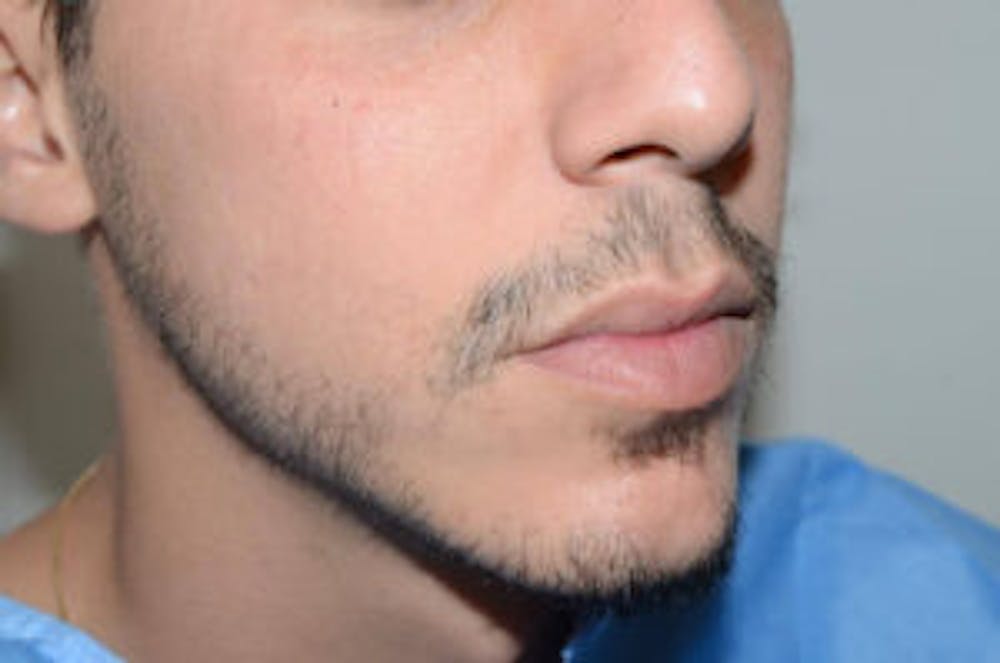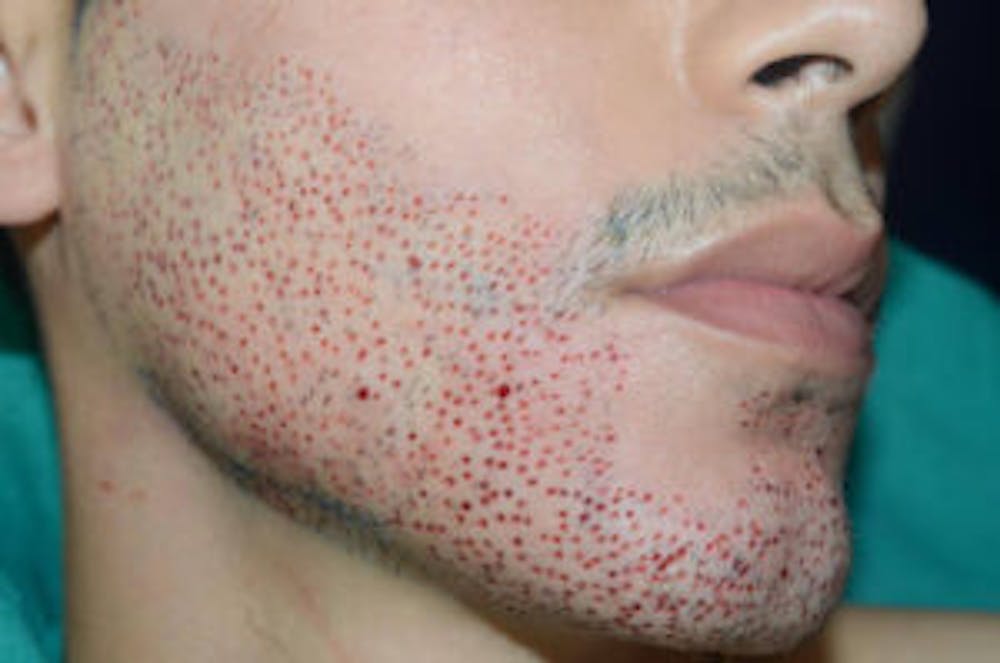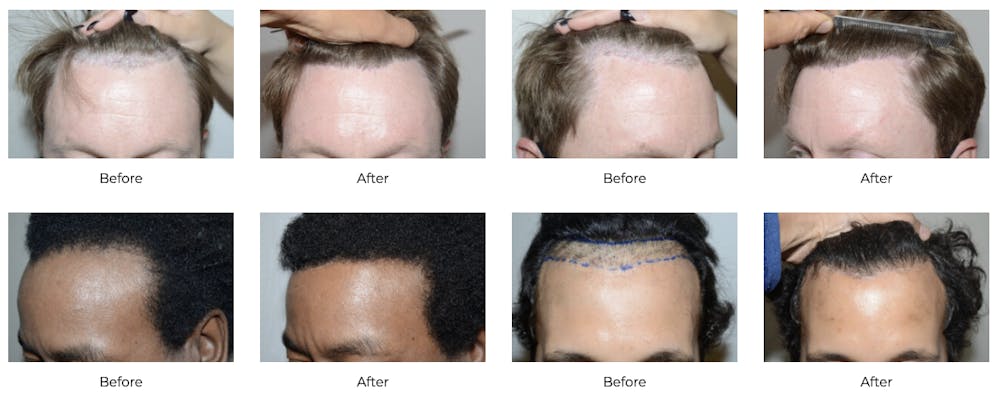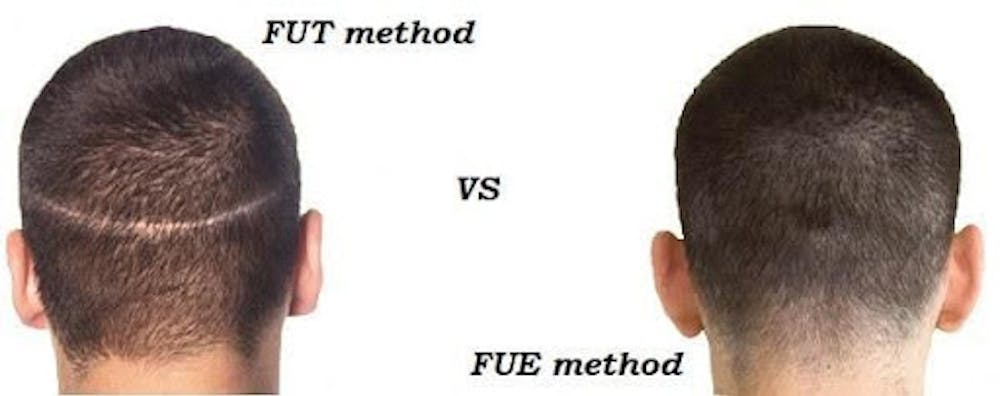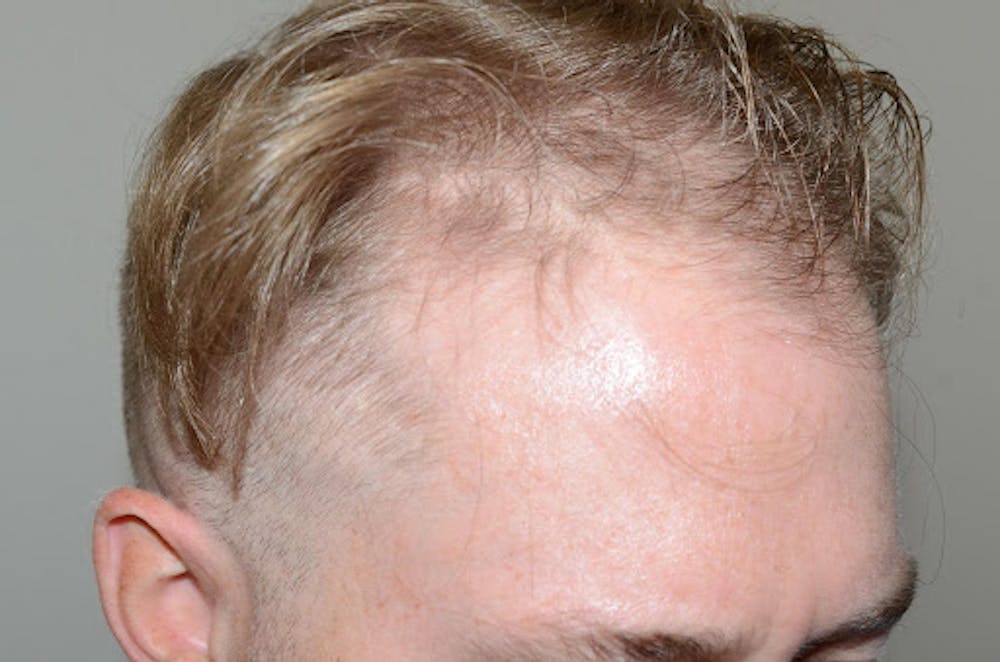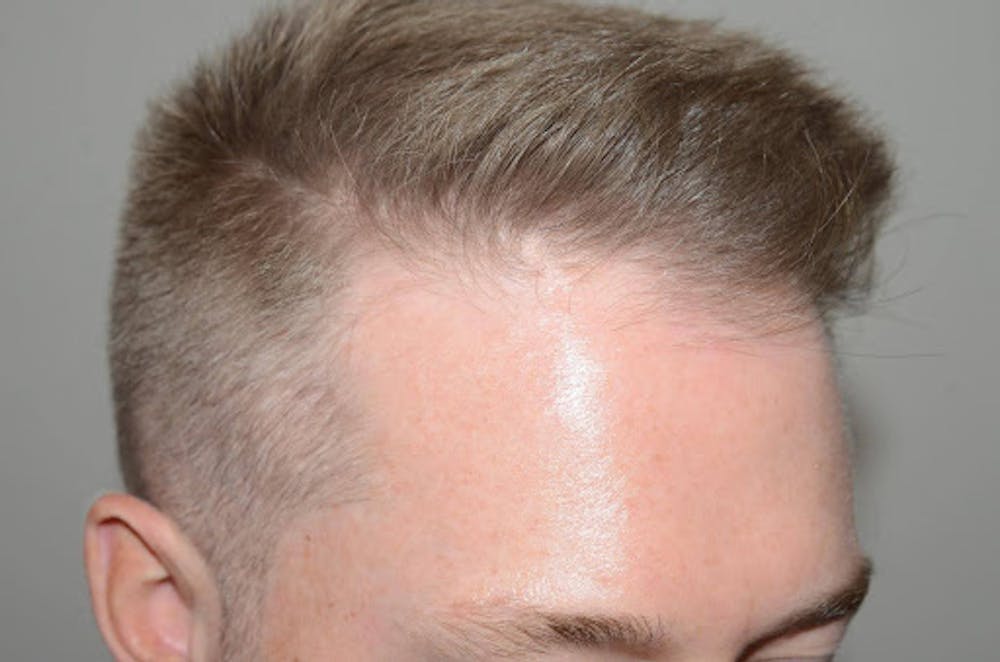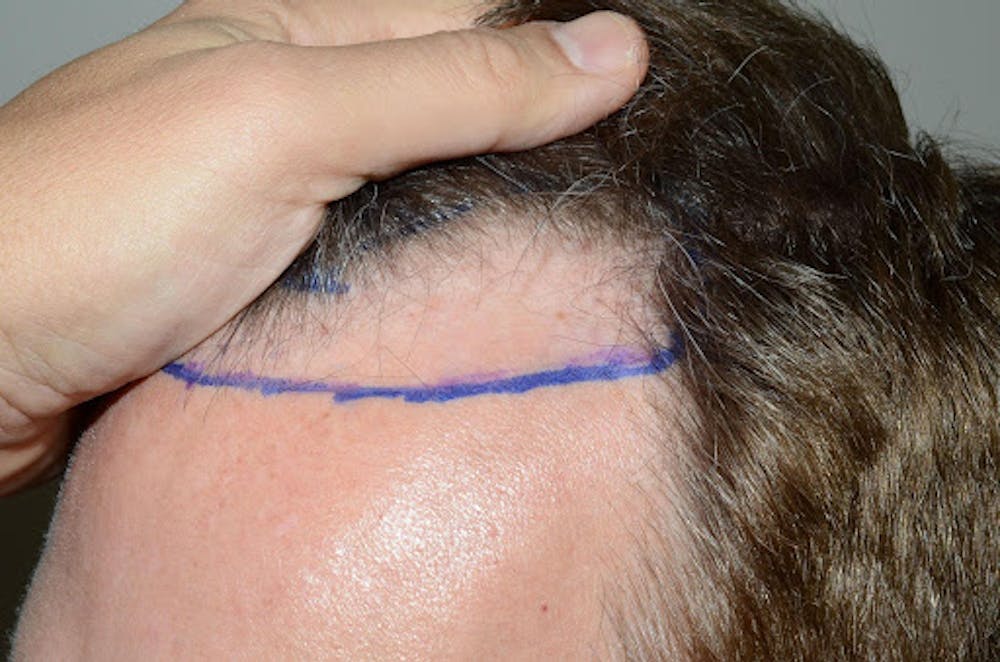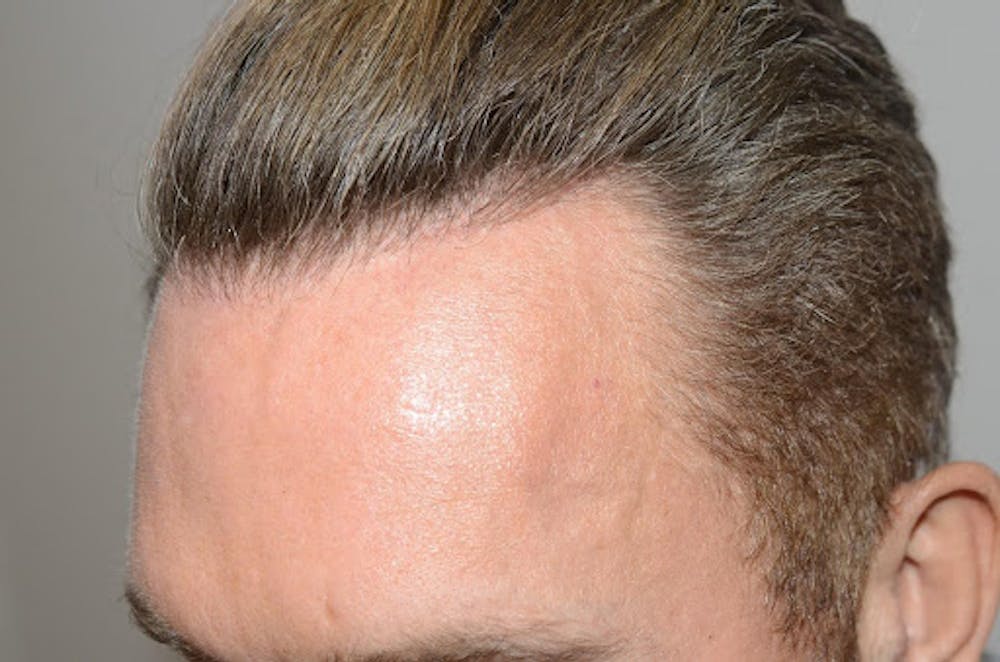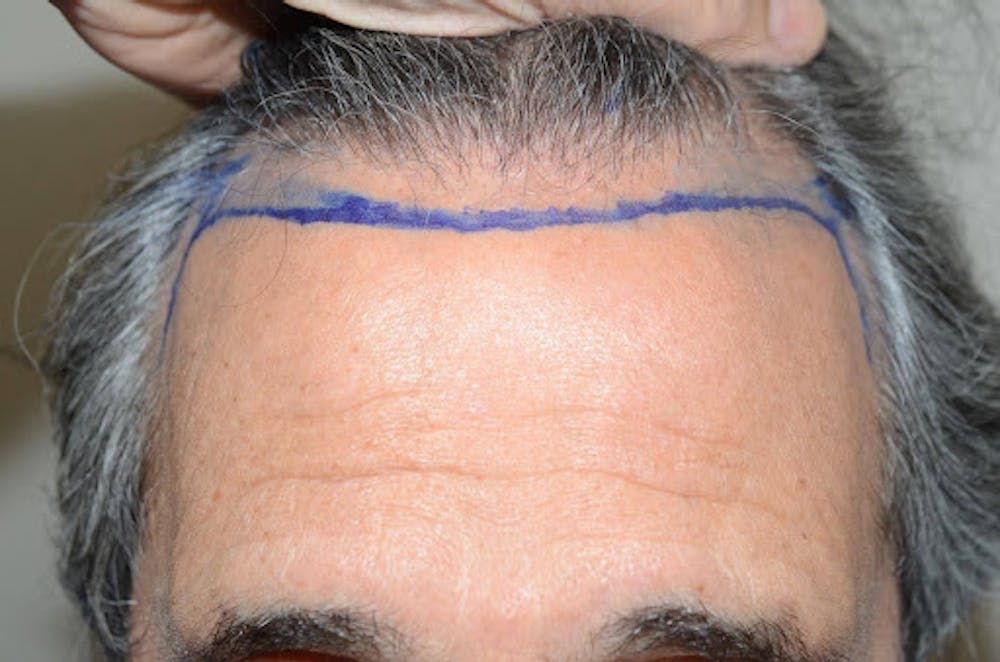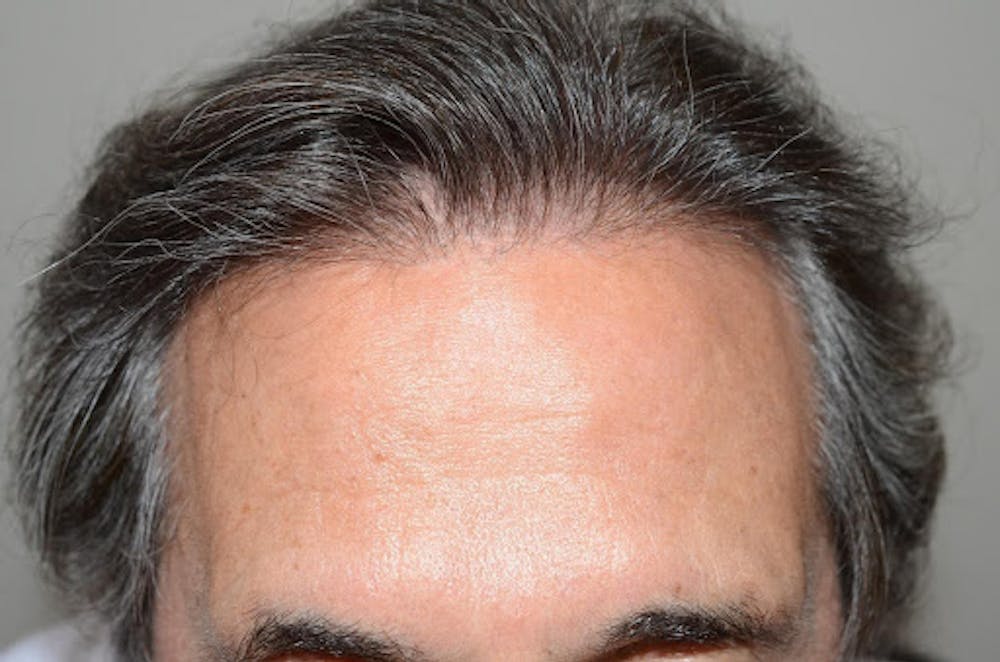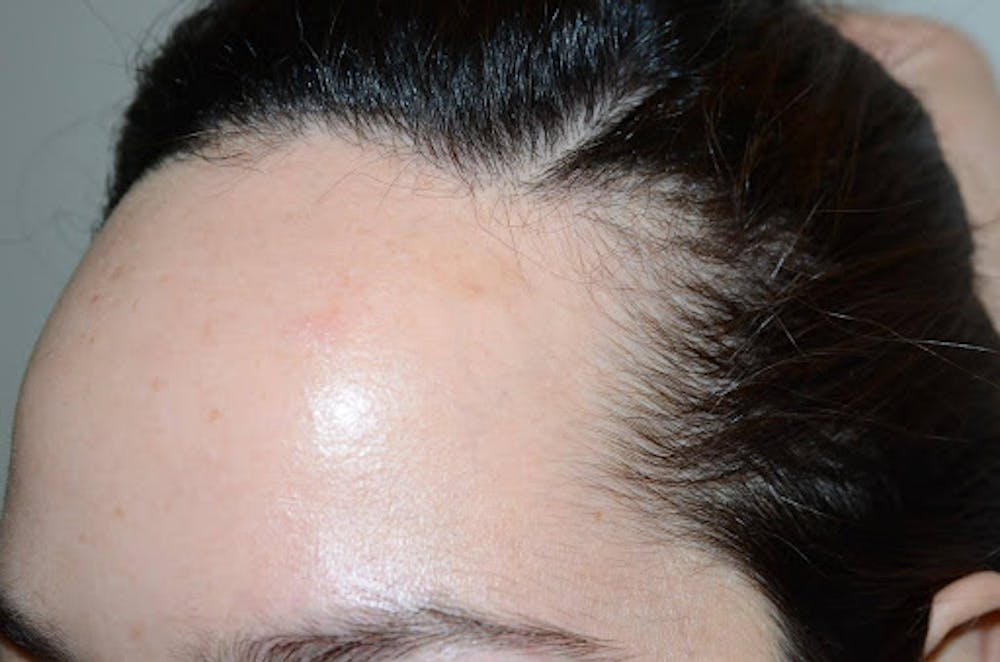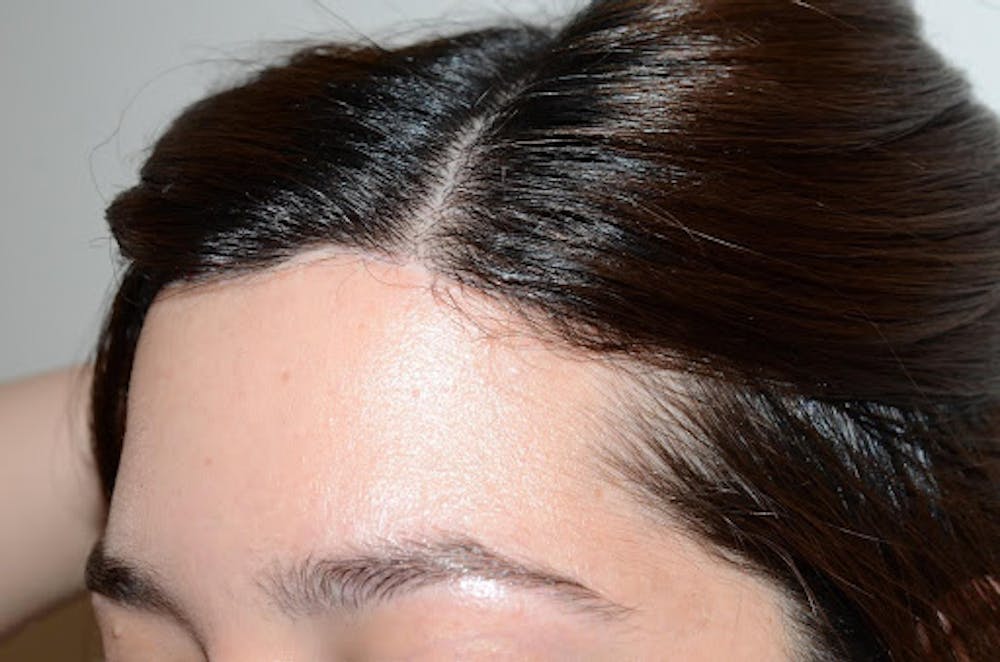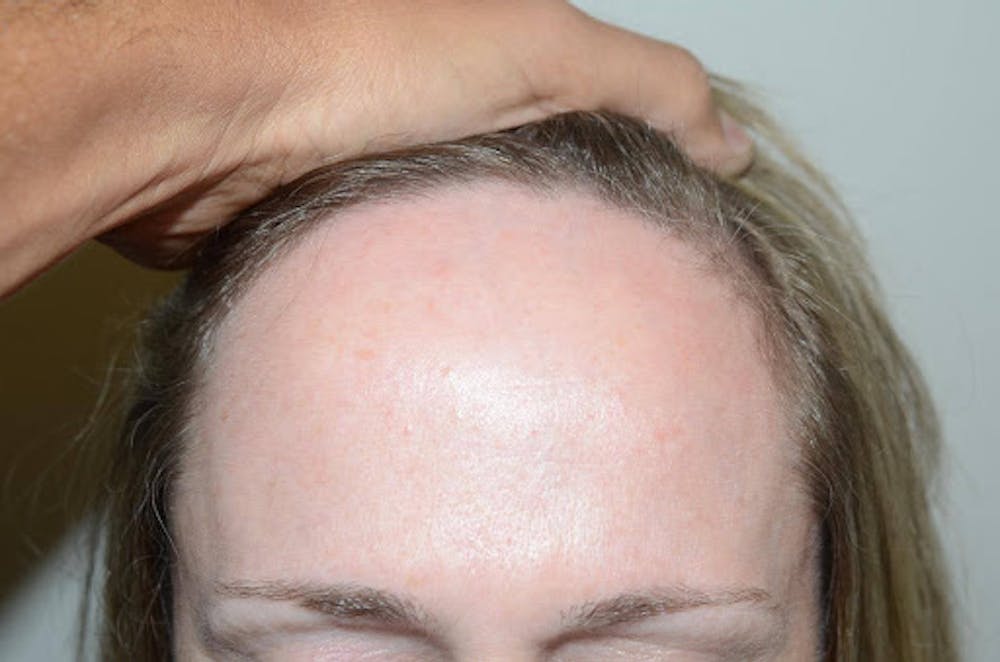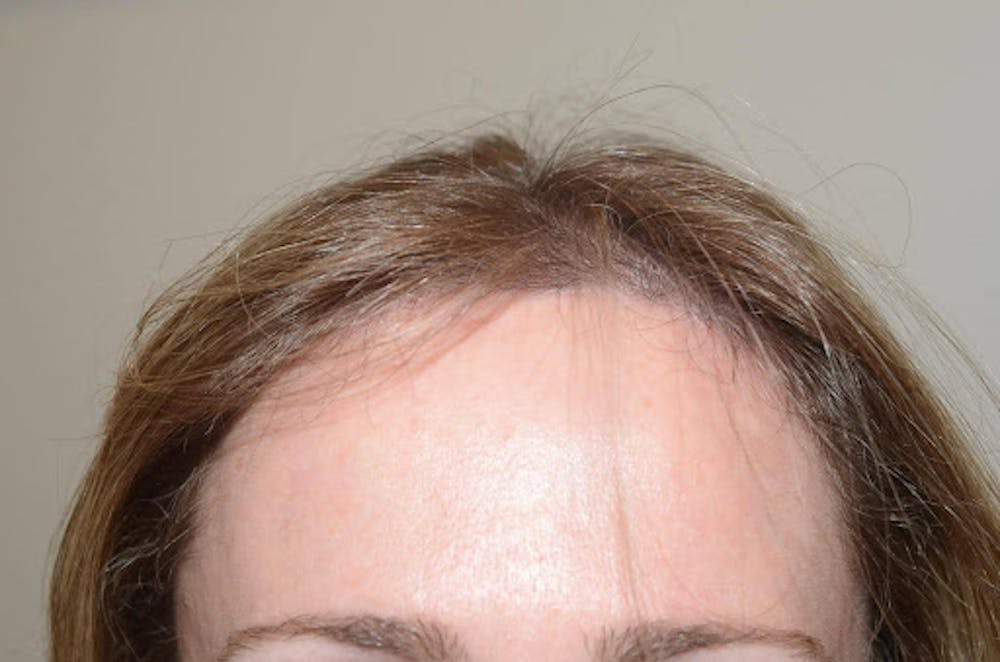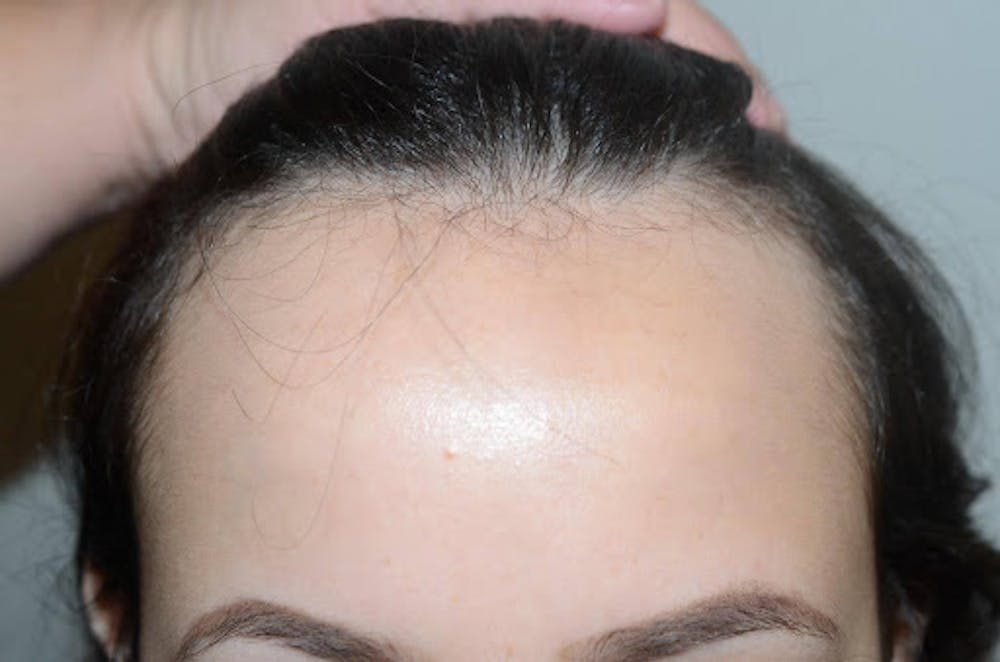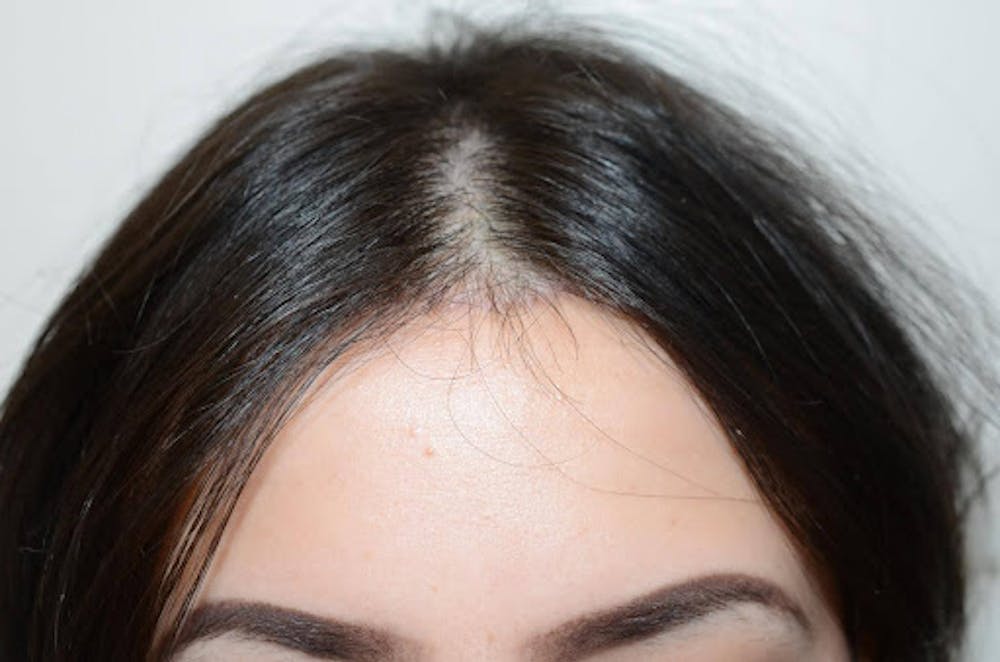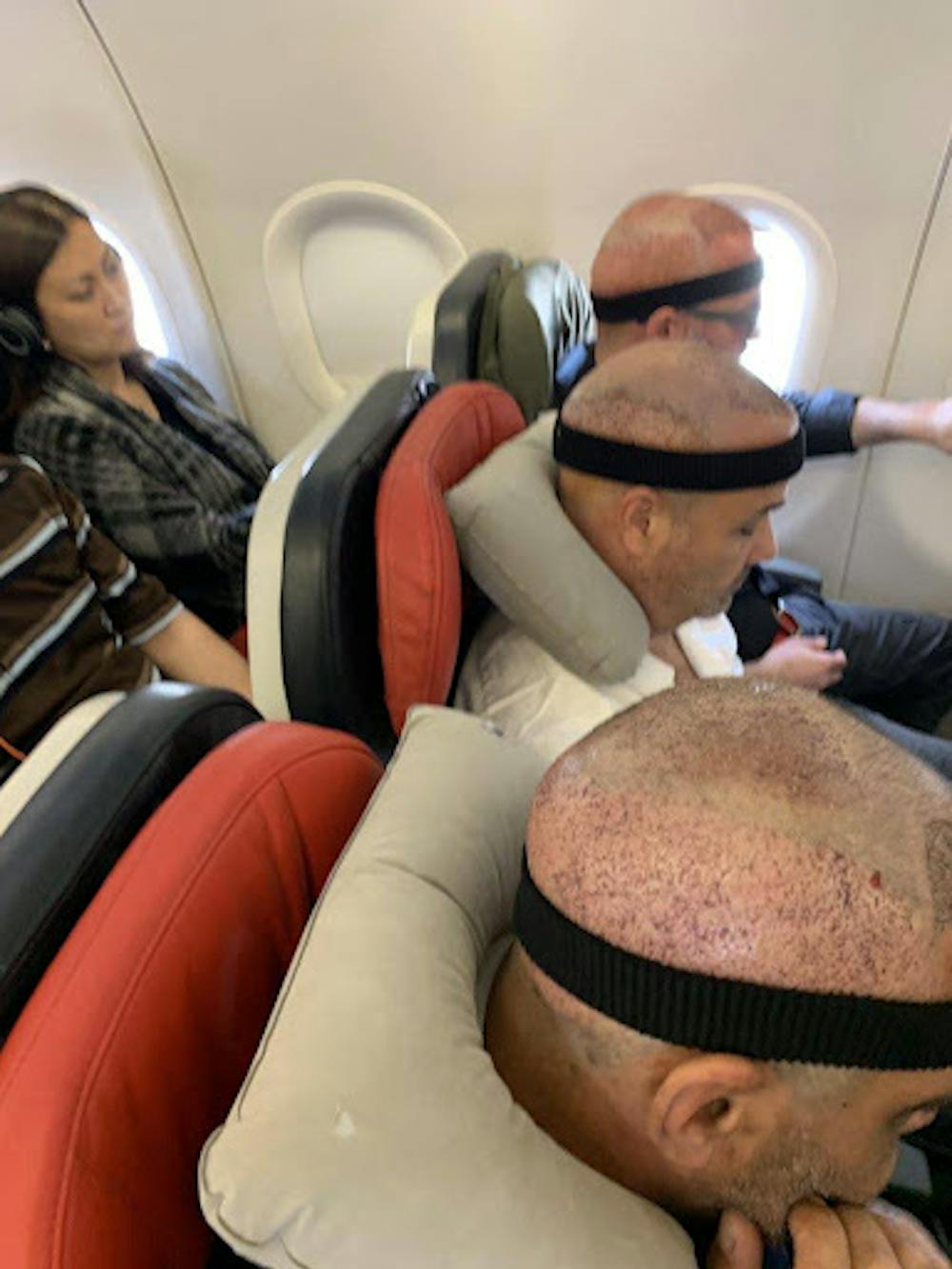
Hair transplant patients in Turkey hail from all over the world – the Middle East, Europe and the US. It is such a popular destination for medical tourism that the national airline has been dubbed “Turkish Hairlines” and the airport in Istanbul is known as the “hairport.”
Superior quality at competitive prices
Written by Delia von Neuschatz
Hair transplant patients in Turkey hail from all over the world – the Middle East, Europe and the US. It is such a popular destination for medical tourism that the national airline has been dubbed “Turkish Hairlines” and the airport in Istanbul is known as the “hairport.”
Thinking of getting a hair transplant, but are daunted by the costs? Perhaps you’re contemplating going to Turkey for the surgery, lured by the low prices. If so, you’re not alone. With an estimated one million such surgeries performed in 2022, Turkey is now considered to be the hair transplant capital of the world. Revenues stemming from hair transplants topped an astonishing $2 billion last year, according to the Turkish Health Tourism Association.
To be sure, the costs are lower. A patient will pay as little as $2,000 for the procedure in Turkey vs $10,000 – $20,000 in the US and even more in cities like New York, Miami, and LA. But, what about the quality? Here is where cautionary tales abound. That’s not to say that there aren’t reputable doctors and clinics on the Bosphorus. By best estimates, there are a handful. But there are also a multitude of hair mills where dozens of procedures are performed in a day – without a doctor’s supervision. A medical professional may draw the hairline and give a quick consultation, but the actual work of punching the holes, implanting the grafts, even determining where and in what direction the hairs will grow is carried out by a team of often under-qualified assistants with no supervision at all. The fact of the matter is that hair transplants are exacting, meticulous operations where a doctor or technician makes thousands of small incisions at the front of the scalp, then takes hair follicles from the back of the head and inserts them into those incisions in the front. There is no substitute for expertise born of proper training and experience.
Complications have included significant scarring, abnormally low or oddly shaped hairlines, patchiness in overly-harvested donor areas, and infections. Post-op care is virtually nonexistent as patients travel back to their own countries within a few days of the procedure. Ditto for any recourse should anything go wrong. “The reality is that probably 15% or my work is reparative,” says Miami-based, double board certified hair transplant surgeon, Dr. Jeffrey Epstein. I’m seeing some of the downsides of what has come out of Turkey.” He is not alone. Over 96% of members of the International Society of Hair Restoration Surgery (ISHRS) – a non-profit medical association (which also includes Turkish doctors) – reported that up to one quarter of the hair transplant repairs they performed in 2022 were due to previous black-market surgeries.
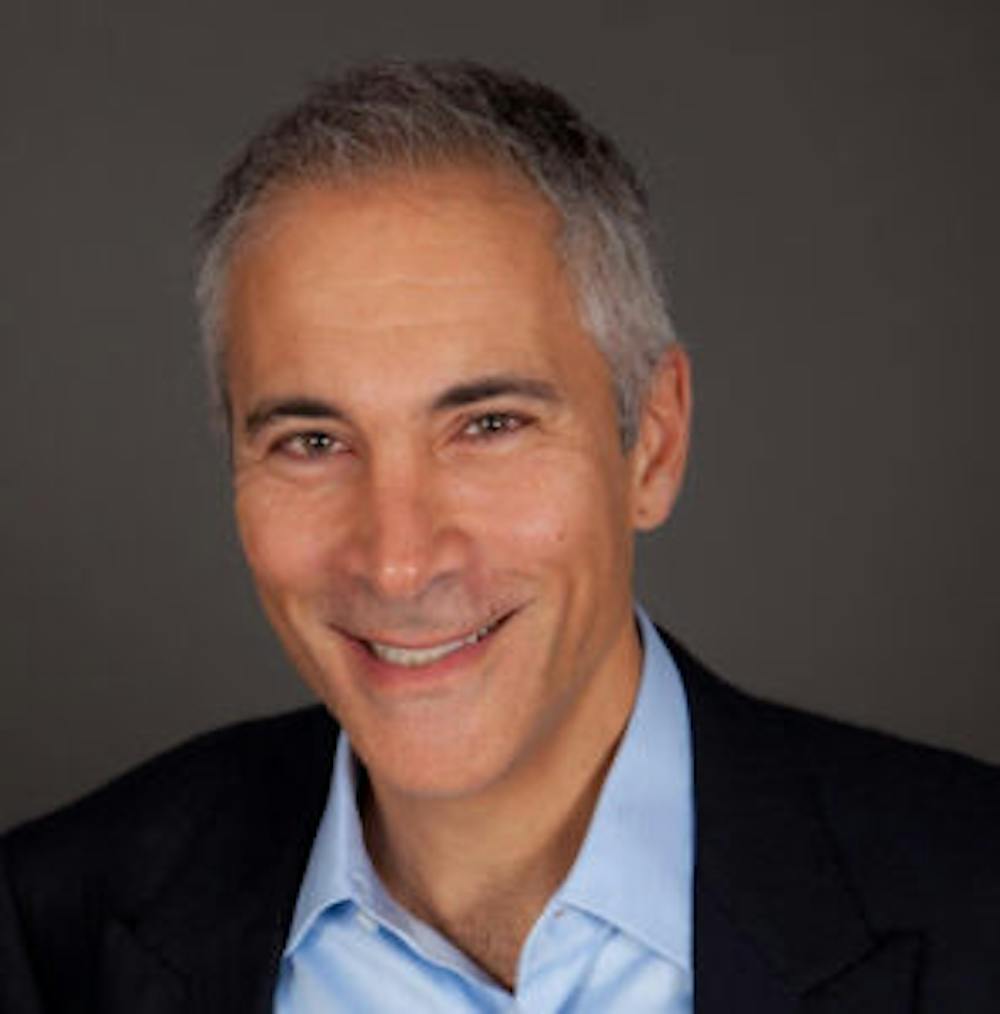
Dr. J. Epstein
So, what if you want a hair transplant, but don’t have the funds to get it done in the US and yet, you don’t want to take a risk on quality halfway around the world? Happily, a new model of hair restoration is about to open its doors in several cities in the US, offering affordable pricing with superior quality care and results. Enter Foundation Aesthetic Hair Restoration. Patients won’t need to incur international travel costs; consistent, quality results are available in several locations across the United States, provided by board certified, experienced surgeons. Further, each surgeon has been trained in hair restorations, including transplants and hairline lowering surgery, by Dr. Jeffrey Epstein.
“We’re more expensive than the Turkish model, but we’re miles ahead in terms of quality and expertise,” says Dr. J. Epstein, who founded the group. “That’s because our physicians are board certified plastic surgeons with unsurpassed prior training in aesthetic surgery. These elite surgeons are now being properly trained in FUE and hairline lowering and will be actively involved in performing hair restoration procedures.”
Turkish Hair Transplants – Buyer Beware
There’s more on the Foundation’s exacting standards below, but first, a little background on the hair transplant industry in Turkey. Why are the prices so low? For one, wages and overhead are lower in Turkey than in the West. Two, the competition is fierce – there are hundreds of hair clinics in Istanbul alone – and in order to cut costs, many hire unqualified people to perform the procedures. There is no shortage of stories of underpaid and overworked Syrian and North African refugees. “The demand is so high, reports are that taxicab drivers and Syrian refugees do the surgery in some overseas countries. Patients are the ones that suffer when they realize too late who did the surgery and end up with botched complications and scars and hairlines that are not normal and disfiguring,” cautions Ricardo Mejia, MD, chair of the ISHRS Committee on Issues Pertaining to the Unlicensed Practice of Medicine. Despite legal requirements that all hair transplant operations in Turkey be performed by a doctor, the reality is that most clinics, even the larger, more established ones, disregard this rule in the race for clients. Oftentimes, a doctor isn’t even on the premises to supervise the procedures.
While there are some – perhaps a handful, according to Dr. J. Epstein – of reputable doctors who practice in Turkey with several having been board certified in the US – the fact is that many of these clinics are owned by laypeople and it is a layperson who hires the technicians. “So not only do you have clinics that are doing 10 to as many as 20 procedures a day, sometimes working on patients in the same room. But there is no doctor on site,” says Dr. J. Epstein. “It’s not like there’s one doctor supervising 8 or 10 or 15 rooms. There’s literally no physician in the office. Maybe there’s a physician in name, but that physician doesn’t do the hair procedures.” Inevitably, quality is sacrificed for quantity.
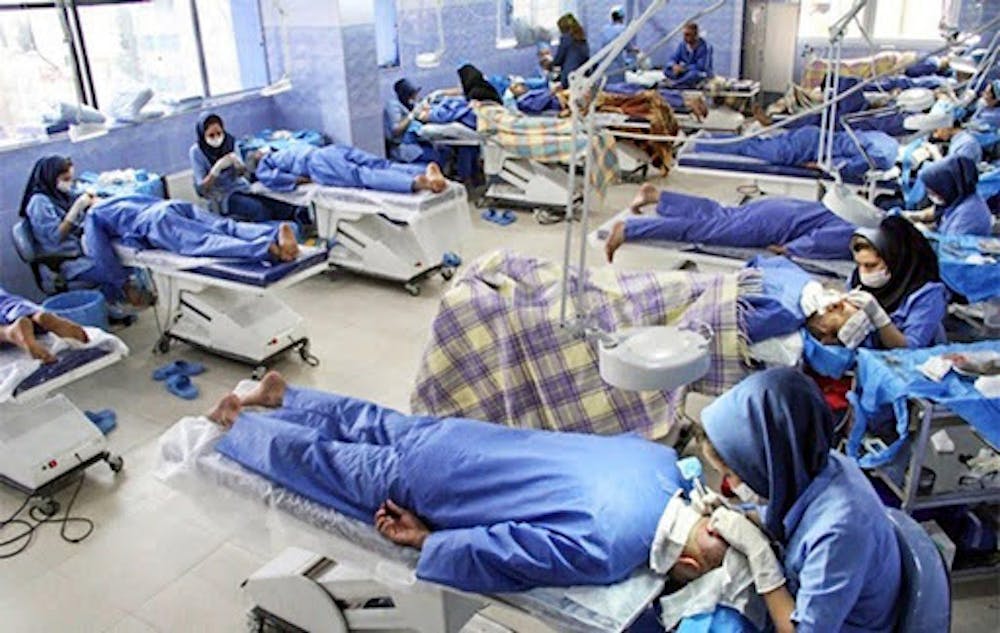
Technicians performing hair transplants. Photo ISHRS
But you wouldn’t know that from the marketing push in recent years touting the quality of Turkish hair transplants. Which brings me to reason number three for the popularity of these procedures. “The brilliance of their marketing – they’ve gotten pieces in GQ magazine, they’ve encouraged reporters to get free transplants and suddenly the emphasis has been on high quality to the point where I now see sophisticated patients, successful professionals asking ‘Are you as good as Turkey?’ which is mind boggling to me because I’m board certified in both facial plastic surgery and hair restoration,” says Dr. J. Epstein. “I’ve been doing this for 29 years with a full-time team – and they’re asking me if I’m as good as what they’re doing in Turkey. The marketing to change the perception that it’s not just low pricing, but also really good quality has been very effective. But I’ve seen the disasters, and it is really unfortunate for these individuals.”
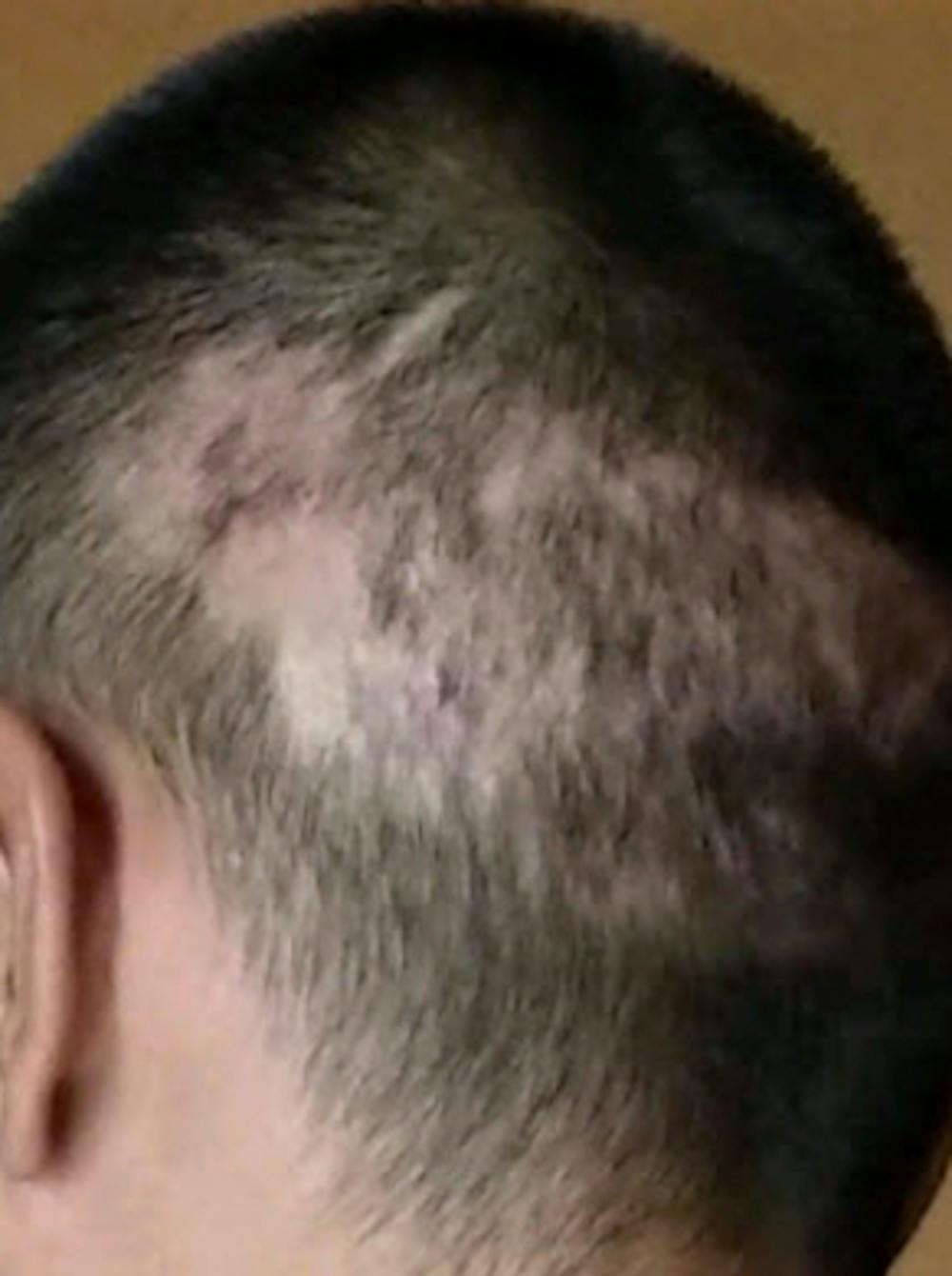
This patient came to see Dr. J. Epstein six months after FUE in Turkey. The scalp donor area had been overharvested. Photo: Dr. Jeffrey Epstein.
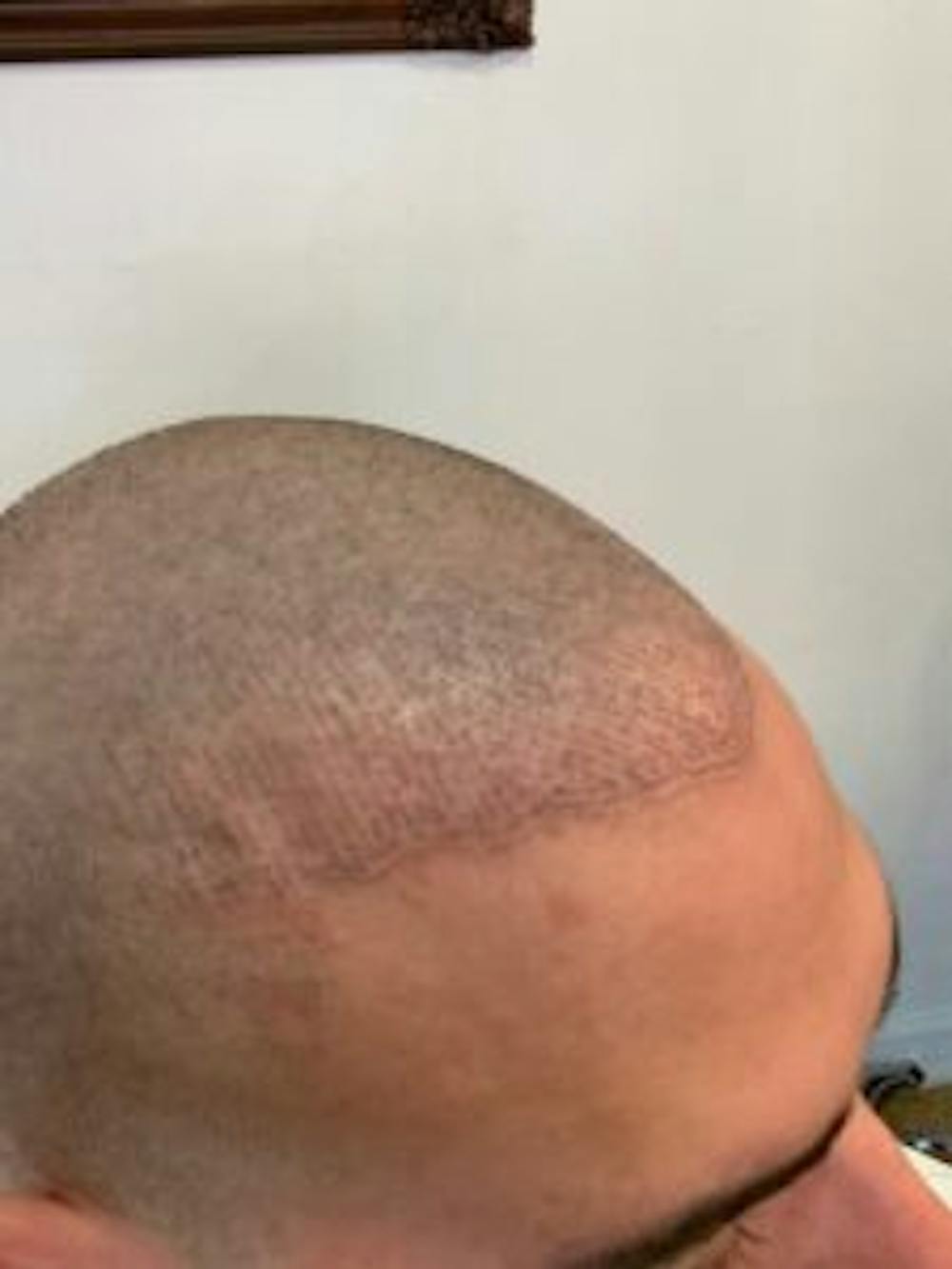
This patient came to Dr. J. Epstein after a hair transplant in Turkey which resulted in a poorly created hairline with unnatural rows of grafts. Photo: Dr. Jeffrey Epstein
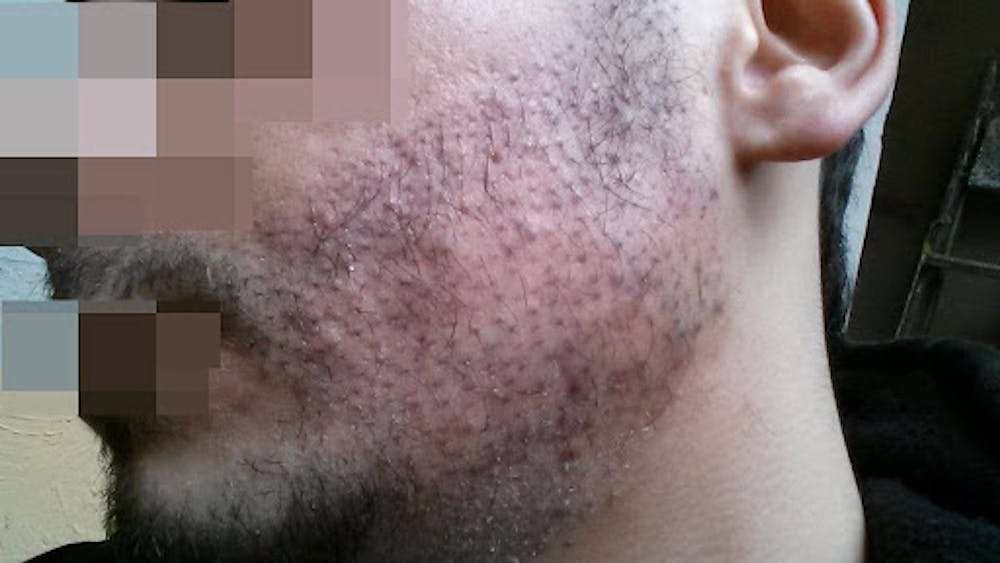
This patient is the victim of a botched beard transplant done overseas. Photo: Dr. Jeffrey Epstein
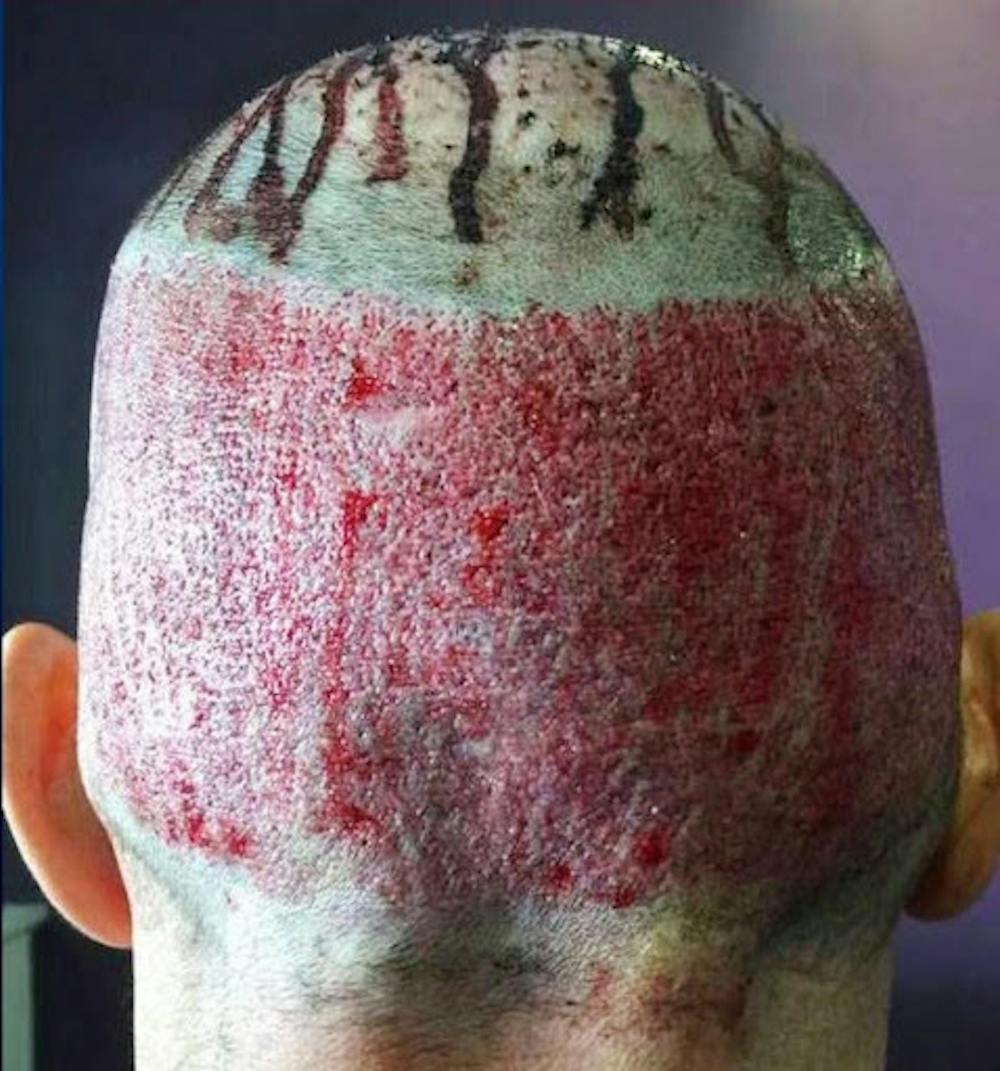
This patient had “4,500 grafts harvested in a single session. This is an exhausted donor.” Photo and source: ISHRS
One of the risks associated with transplants performed in Turkey is over-harvesting the donor site at the sides and back of the scalp. As Dr. J. Epstein explains, because the price per graft in Turkey is low and because the practitioners are unlikely to see the patients again and contend with post-op complications, the tendency is to perform mega-sessions whereby 3,000, 4,000, 5,000 even 6,000 grafts are removed and implanted in a single procedure. Not only can this result in an unnatural appearance due to excessive hair density in the scalp and an abnormally low hairline, but it can also lead to baldness and “devastating scarring in the donor area.”
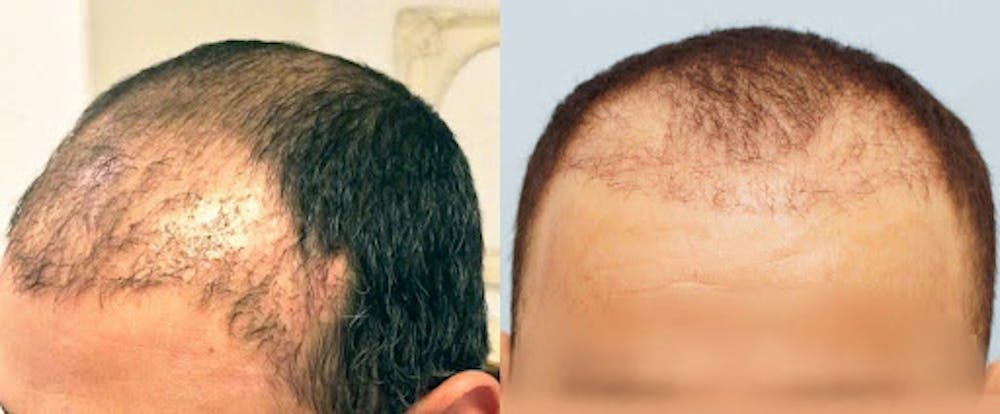
Poor growth: these pictures show “destroyed grafts caused by improper excision or handling or poor placement technique. There are many factors that need to be controlled by a good doctor to assure proper growth.” Source and photos: ISHRS
Poor hairline design and grafts placed at wrong angles and direction are additional risks. Hair grows in different directions. A good surgeon will match the direction of the existing hair follicles. Notes Dr. J. Epstein “I’ve seen hairlines, as well as beards, created with grafts containing three, four, even five hairs per graft, that need to be removed.” When done properly, the results should be undetectable. And perhaps more critically, there’s the added danger of infection. Patients in a factory type of environment are at risk of HIV and hepatitis cross contamination, along with a variety of bacterial skin infections.

Before and After photos of repair of a hair transplant performed in Turkey. The case required removal of grafts that were placed too low and were too flat. States Epstein “I’ve developed an almost cottage industry, a sub-specialization, in doing FUE removals, where I’m removing and replanting grafts that were placed too low or at a poor angle and/or have scarring. I’m now doing on average two cases a week of these procedures.” Photos: Dr. Jeffrey Epstein.
